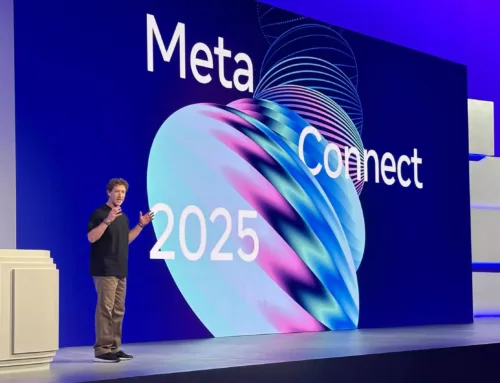Ethereum at risk? Cardano raises the alarm about the future of the crypto
April 24, 2025
Ethereum, the second crypto by market capitalization, is once again in the spotlight: the bold statements of Charles Hoskinson, founder of Cardano (ADA), who predicts a slow but inexorable disappearance of the Ethereum network within the next 15 years.
In a rapidly evolving competitive context, these words have sparked an intense debate in the global crypto community.
Summary
The founder of Cardano released his assessment during a recent Q&A session. According to him, the future of Ethereum is anything but assured.
“I don’t think Ethereum will survive more than 10-15 years,” stated Hoskinson, supporting his opinion with technical and structural arguments.
The crypto entrepreneur emphasized what he believes to be a series of fundamental errors within the Ethereum ecosystem.
Among the main problems listed by Hoskinson is the accounting model adopted by Ethereum, which according to him causes operational inefficiencies.
The Ethereum Virtual Machine (EVM), a key component that enables the execution of smart contracts, has also been criticized for its outdated and not very scalable architecture.
In addition, Hoskinson questioned the validity of Ethereum’s proof-of-stake (PoS) consensus mechanism, which replaced the previous proof-of-work (PoW) in 2022 with the launch of the “The Merge” update.
According to him, the PoS version of Ethereum suffers from systemic flaws that could undermine its stability in the long term.
Beyond the technological base, the Layer-2 solutions, protocols built on top of Ethereum to improve its scalability, have been the target of criticism from the founder of Cardano. These additional layers, while alleviating some issues, create new complexities and systemic risks.
There was also a reflection on the ability of the current leadership, particularly Vitalik Buterin, to manage the evolution of the platform.
Hoskinson believes that maintaining internal cohesion around the project will become increasingly difficult over time:
“People will stop fighting and it will become increasingly difficult for Vitalik to keep it together,” he observed.
One of the most concerning aspects involves investor confidence, which according to Hoskinson will increasingly be drawn to competing networks.
The presence of alternatives such as Cardano, Solana, and other platforms supported by different protocols could accelerate the outflow of users and capital from Ethereum.
This change of ecosystem, if confirmed in the coming years, could significantly weaken the market position of the second most capitalized cryptocurrency.
In the current state, Ethereum is being traded at 1,728.21 dollars, with a decline of 3.59% in the last 24 hours. On an annual level, the cryptocurrency records a drop of 46%, a situation that further fuels concerns about its long-term performance.
However, despite the pressures, the projections for the end of April 2024 outline a possible positive scenario: an estimated possible increase of 22%, which could push the price up to 2,128 dollars.
This potential rebound would give investors a breather, offering a short-term breath of fresh air.
Although the possible increase in value is an encouraging signal, many believe that a simple price rise is not enough to restore confidence in the Ethereum project.
The heart of the matter lies in the structure of the network, not just in its current market value.
The real test will be Ethereum’s ability to update consistently, scalably, and securely, to meet both the needs of developers and the pressures of competition.
For his part, Hoskinson promotes Cardano as the most solid and efficient alternative to Ethereum.
Thanks to its own proof-of-stake model, called Ouroboros, and a structure based on academic review and scientific validation, Cardano presents itself as a more sustainable and secure platform.
According to Hoskinson, it will be precisely thanks to these characteristics that investors will gradually migrate towards Cardano and other emerging networks, leaving Ethereum increasingly isolated and fragmented.
The statements of Charles Hoskinson represent a strong warning signal for Ethereum, but also an opportunity for reflection.
In a sector where innovation is constant and competition is fierce, no position is guaranteed indefinitely, not even for the historical players.
Time will tell if Ethereum will be able to face internal challenges and emerging giants, or if Hoskinson’s prediction will come true. In the meantime, investors and developers will need to closely observe the evolution of competing platforms, to adapt strategies and expectations.
One thing is certain: the years to come will be crucial for the future of the entire blockchain ecosystem. Ethereum still has resources and a community to react, but without structural interventions, its relevance could become just a memory.
Search
RECENT PRESS RELEASES
Related Post




